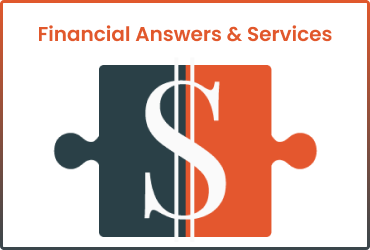As of 2021, the TANF program provided around $16.5 billion to the states, including the District of Columbia. U.S. territories were also included in this number.
Cash Assistance For Low-Income Families (TANF)
The TANF cash assistance program is designed around the income needs of families whose incomes and resources are insufficient to meet the family’s basic needs.
Each State Determines Applicant’s Eligibility
Each state determines income and asset eligibility based on its local requirements. The policy’s overriding concern is preventing a family from slipping into a homeless cycle.
In conjunction with their local state partners, the federal government administers the program. It distributes badly needed cash to families that meet the program’s financial eligibility criteria.
The Four Goals Of TANF
The federal government does not provide TANF cash assistance directly to the public. Instead, states use their TANF grants to fund monthly cash assistance payments to low-income families with children.
The grants are also used for a wide range of services that are shaped to address one or more of the program’s four broad purposes:
- Assist needy families so that children can be cared for in their own homes or in the homes of relatives
- End the dependence of impoverished parents on government benefits by promoting job preparation, work, and marriage
- Prevent and reduce the incidence of out-of-wedlock pregnancies
- Encourage the formation and maintenance of two-parent families
Eligibility Under TANF
To be eligible for this benefit program, applicants must be residents of the state where they apply and U.S. citizens, legal aliens, or qualified aliens. You must be unemployed or underemployed and have low or very low income.
Find Out More About TANF In Your State




















